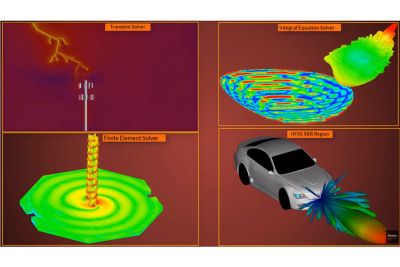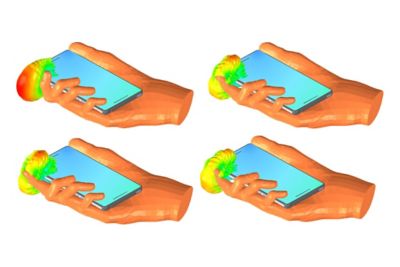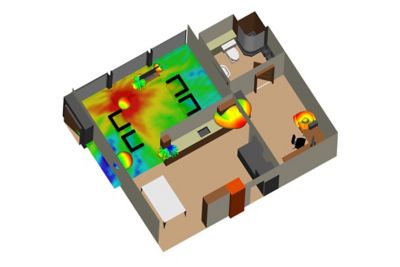Antenna Simulation Technologies in HFSS
HFSS offers the full suite of simulation tools and technologies for antenna design and placement simulation
Ansys unterstützt die nächste Generation von Ingenieur*innen
Studenten erhalten kostenlosen Zugang zu erstklassiger Simulationssoftware.
Gestalten Sie Ihre Zukunft
Stellen Sie eine Verbindung mit Ansys her, um zu erfahren, wie Simulation Ihren nächsten Durchbruch vorantreiben kann.
Studenten erhalten kostenlosen Zugang zu erstklassiger Simulationssoftware.
Stellen Sie eine Verbindung mit Ansys her, um zu erfahren, wie Simulation Ihren nächsten Durchbruch vorantreiben kann.
Understanding the factors affecting antenna performance when installed on real-world platforms is crucial to a sustainable design process.
Antennas are virtually everywhere. From commercial applications such as smartphones, RFID tags, and wireless printers, to defense applications such as phased array antennas for aircraft radar systems or autonomous vehicles, to integrated ground-based communication systems.
Electromagnetic simulation of antenna design and its interaction with the entire system allows designers to evaluate “what if” real life scenarios.
This video presents an integrated simulation workflow for antenna design, coupling, and installed antenna performance in ANSYS HFSS, HFSS SBR+, and ANSYS EMIT. Solutions to diverse electromagnetic problems involving antennas and their associated radio systems, primarily on an automobile, are discussed. These problems include electrically small, moderate, and large structures. This video series will be valuable to learn about the latest technologies and best practices for the design, simulation and integration of antennas in ANSYS HFSS. Part I describes the ANSYS Electronics Desktop workflow, its associated electromagnetic solvers based on FEM and SBR+, and automatic adaptive mesh refinement feature in HFSS.
HFSS offers the full suite of simulation tools and technologies for antenna design and placement simulation
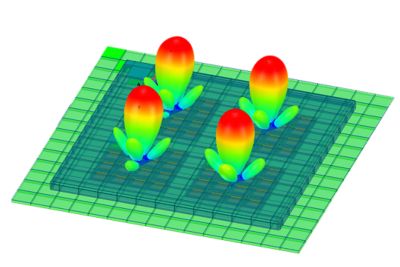
HFSS FEM solver and HFSS Optimetrics helps specify antenna placement within smartphones to meet SAR compliance.
Using SBR+ and PO solver, analyze the radiation patterns of the antennas on their platform including the reflection effects of nearby objects.
IE employs the 3D Method of Moments (MoM) technique for efficiently solving open radiation and scattering problems.
The FEM transient solver incorporates HFSS adaptive meshing and analyzes transient applications such as ground penetrating radar (GPR), electrostatic discharge, time domain reflectometry (TDR), and identifying radar cross section (RCS) scattering centers.
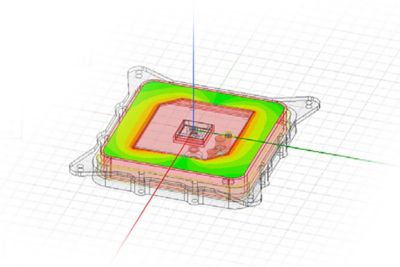
"..the design of antennas requires the integration of a multitude of physical criteria to verify that the components function correctly in all situations. Virtual testing with Ansys Mechanical and Ansys HFSS allows our engineers to test many design variants that meet space standards, from the digital model to the final prototype of the antenna on the satellite.”
Nicolas Capet, CEO, ANYWAVES

Lorem ipsum dolor sit amet, consectetur adipiscing elit, sed do eiusmod tempor incididunt ut labore et dolore magna aliqua, sed do eiusmod tempor incididunt ut labore.
Backed by a wealth of industry knowledge
From increasingly powerful consumer mobile devices to the most advanced design challenges driving manufacturing and critical applications, the future of technology asks more from antennas than ever before. No matter the sector, simulation is the solution to execute high-performance antenna and platform designs with minimal wasted effort and money.
The complexities of antenna design and installation make it very expensive to conduct multiple rounds of real-world tests. Ansys’ physics-based simulation makes it easy to understand and predict antenna performance during the design phase, speeding you through challenges in:
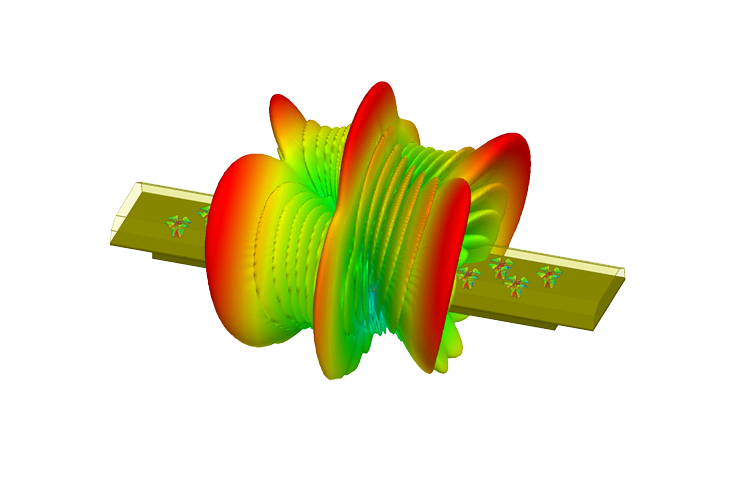
Receive expert insights on how Speos’ optical library improves the realism and accuracy of physics-based simulation modeling for autonomous driving.
Learn how simulation can help you design optimal inductive-based wireless power systems for charging biomedical implants, consumer electronics and even electric vehicles.
Learn how to use Ansys simulation solutions to deal with common challenges in transformer design, such as computation of inrush current due to faults, multi-field coupling problems like transformer temperature rise prediction, etc.
ANSYS HFSS and HFSS SBR+ are excellent tools for the design of smart, interconnected devices.
With so many constraints and high profile launches, being absolutely confident in your design has never been more important. Virtual testing through simulation can give you this confidence while significantly reducing time to market, increasing performance, and improving reliability.
In Energy, Auto, Electronics and Healthcare industries, see how ANSYS products help simulate how your IOT devices will perform in the real world.
Wenn Sie mit technischen Herausforderungen konfrontiert sind, ist unser Team für Sie da. Mit unserer langjährigen Erfahrung und unserem Engagement für Innovation laden wir Sie ein, sich an uns zu wenden. Lassen Sie uns zusammenarbeiten, um Ihre technischen Hindernisse in Chancen für Wachstum und Erfolg zu verwandeln. Kontaktieren Sie uns noch heute, um das Gespräch zu beginnen.
